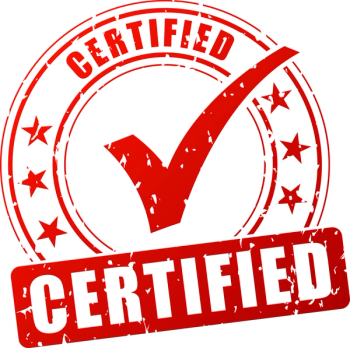
Marketing Whey Protein Drinks
Is performance the whey forward for dairy drinks?
Whey, the liquid remaining after milk is curdled and strained, is progressively moving away from its traditional status as a by-product of cheese manufacture, with the development of more sophisticated technology for manufacturing highly valuable whey derivatives. Demand for whey protein, in particular, is soaring as a result of growing demand in some Asian markets, and because of whey’s popularity as a healthy ingredient, particularly in sports, medical nutrition, infant nutrition, and weight management.
In the specialty sports and energy supplements market, whey was featured in nearly half of global sports powder and drink launches recorded by Innova Market Insights in the year to the end of June 2013, with the majority of these products also carrying “high in protein” or “source of protein” claims.
Over in mainstream soft drinks, sports and energy drinks remain one of the fastest growing sectors of the global market, despite the fact that their share of launch activity recorded by Innova Market Insights fell from 10% of the soft drinks total in 2007 to nearer 6% in 2012. Consolidation in the market-particularly the greater dominance of multinational brands and the disappearance of many smaller brands-is likely the main reason for these slowing activity rates, despite ongoing growth in the sector value overall.
While the sports drinks market has tended to trail behind energy drinks in terms of recent growth, it has taken on new impetus in many major markets, with rising interest in protein content and an increase in targeting more specific consumer groups, need states, and exercise occasions. Whey proteins are enjoying rising use as ingredients in the performance market, particularly for sports and recovery, where growing interest in protein beverages in particular has seen the demand for whey rise sharply. Growing interest has also reflected the development of more convenient ready-to-drink (RTD) performance products alongside the traditional powder mixes format, and this has helped the sector move on from its traditional core market of bodybuilders.
In the United States, the markets for sport and protein drinks are reported to be transitioning from separate categories into the emergence of one overall sports performance market, and dairy ingredients, particularly whey proteins, are playing a significant role in this. The market is still relatively undeveloped, but there are high levels of new product activity, with PepsiCo’s mainstream Gatorade sports brand, for example, now featuring high-protein Recover 03 recovery options in its G Series and G Series Pro portfolios. Other mainstream products include Bolthouse Farms’ Perfectly Protein and Protein Plus ranges, and a raft of high-protein flavored milk drinks, such as Darigold’s Refuel line, marketed as dairy protein recovery beverages.
The whey market took another key step forward in its efforts to target more casual consumers and mass market channels in 2012, with soft drinks market leader Coca-Cola making its first direct investment in the U.S. dairy industry. Coca-Cola partnered with Select Milk Producers to produce the Core Power high-protein milkshake brand, positioned as a dairy-based sports recovery beverage and marketed as the first all-natural protein drink, containing 26 g of protein in each bottle. This was followed by a year-end announcement that Coca-Cola was investing in the brand itself, to create a complementary, value-added nutritional dairy portfolio, indicating Coca-Cola’s apparent interest in dairy-based soft drinks, in general, and nutritional and performance lines in particular.
The European market has been slower to move sports drinks into the mainstream, with strong focus still on specialist athletic and bodybuilding products. The United Kingdom, perhaps more in line with the United States, is starting to introduce more mainstream dairy-based sports products for a wider audience, thus increasing local demand for whey proteins. This is led by brands such as For Goodness Shakes, made from ultra-high-temperature processing (UHT) milk and targeted at the recovery sector of the sports nutrition market. The brand claims to be the United Kingdom’s number one sports recovery brand, although its sales remain relatively limited.
Xcel Milk, the United Kingdom’s first fresh-milk-based sports drink, appeared on the market in the autumn of 2012, using fresh milk from pedigree Jersey cows, with added vitamins, whey protein, sugar, and flavors. More recently, in 2013, the Upbeat high protein dairy drink was launched under the Good Whey Co. banner by Volac, targeting mainstream consumers as well as athletes with its “powered by protein” strapline.
With the increasing popularity of whey and dairy-based protein drinks in the mainstream market, as well as the more specialist performance sector, it is likely to be a growing market for whey proteins globally, including other high-added-value applications, such as weight management, infant nutrition, and medical nutrition. The benefits of whey protein in terms of nutrition and versatility, as well as the technical advances in micro- and ultrafiltration that have improved quality and availability, have combined to boost the market significantly in recent years. This rising demand has, however, resulted in soaring prices, with standard (80%) whey concentrates doubling in price to about 7€/kg over a two-year period. The traditional volatility of dairy protein prices has long caused problems for food and drinks companies buying into the market, but any significant switching to other protein sources seems relatively unlikely in the face of the benefits offered by dairy-based lines.
Newsletter
From ingredient science to consumer trends, get the intel you need to stay competitive in the nutrition space—subscribe now to Nutritional Outlook.





